Maths Circles
Maths Circles are free maths-loving sessions for secondary school pupils. They encourage and develop structured thinking and problem-solving skills, and are aimed at cultivating children’s abilities to articulate ideas and construct rigorous proofs.
It is a social club for maths loving kids – a place where everyone shares a passion for puzzle solving and mathematics.
Maths Circles are held weekly, each session is 1.5 hours long. They are best suited for students in school years 7–11 (S1-S5). No prior knowledge is expected from the students.
The Maths Circles programme is not a course with a beginning and an end. It is an ongoing social activity that can be attended for many years to come.
Contents
Curriculum
Our curriculum represents an innovative adaptation of the well established Maths Circles programme, designed to foster problem-solving abilities and cultivate rigorous scientific reasoning.
The program encompasses an extensive array of subjects spanning Algebra, Calculus, Combinatorics, Game Theory, Euclidean Geometry, and Graph Theory.
These topics lie outside the typical school syllabus and generally maintain independence from one another. It makes Maths Circles accessible to students from diverse educational backgrounds and permits kids to easily rejoin even if they miss several sessions.
Tutors
Maths Circles are led by postgraduate and PhD students of Mathematics of the best Universities of the UK. They are trained and supervised by the We Solve Problems staff.
Being much closer in age to the pupils, the tutors not only help them through advanced maths, but also serve as role models of ‘real life mathematicians’.
Want to join our tutors’ team? Fill in this form.
How to Attend
Maths Circles are free of charge for all students of the school years 7 to 11 (S1-S4), but depending on the location we can be experiencing very high demand. Participation in the London Verbal Maths Challenge is a prerequisite for attending Maths Circles at King’s College, University College London and London School of Economics.
To check currently open Circles, please consult the section below.
To register your interest in attending one of the Circles, you’ll need to fill out this form please.
Circles in 2025/26
Maths Circles are run throughout the school year, from September to May. We have all the usual breaks for half terms and holidays.
Please note that, depending on the location we might be experiencing very high demand.
Bath
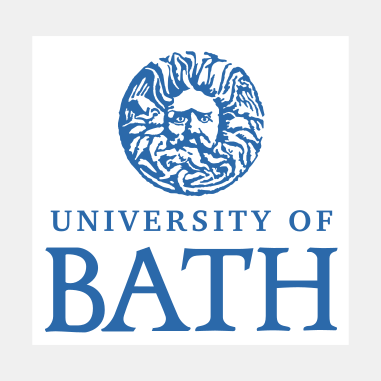
Bristol
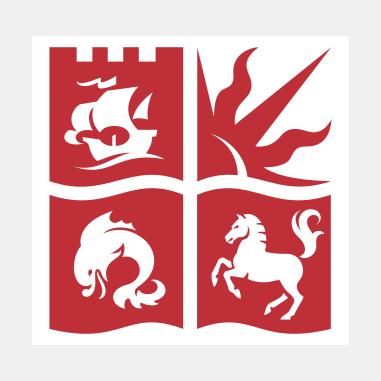
Cambridge
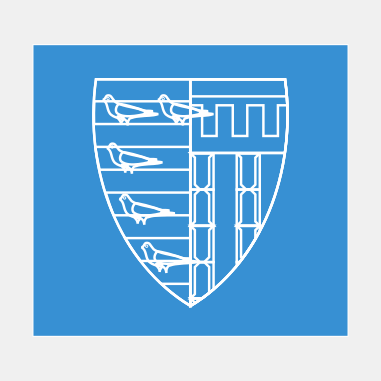
Cardiff
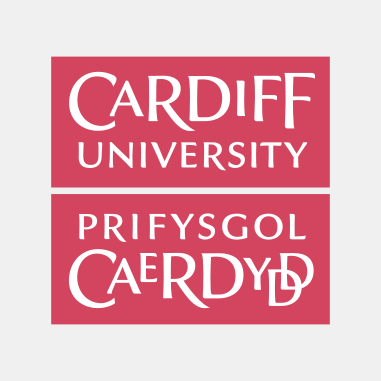
Glasgow
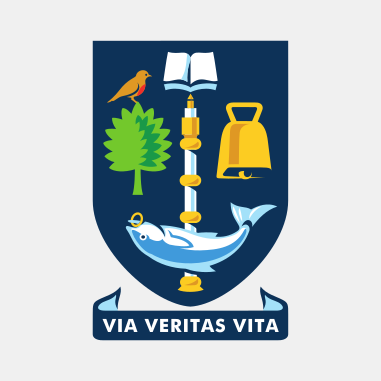
Leicester
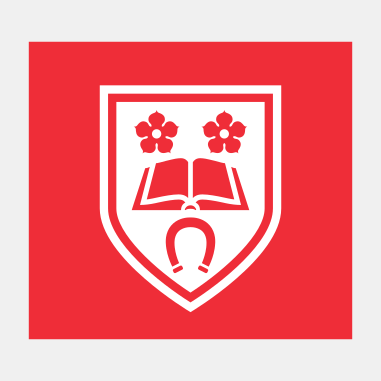
London
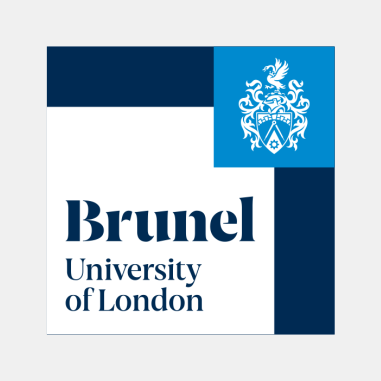
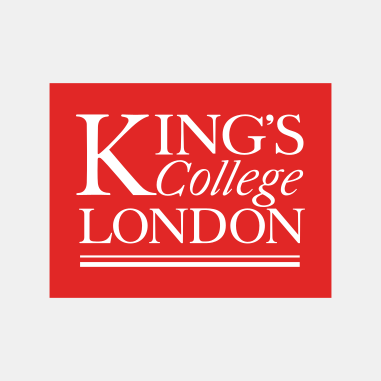
King’s College London
Strand Campus WC2
Saturday, 2pm, 4pm and 4:30 pm, Sunday, 2 pm and 4:30pm
Sponsored by

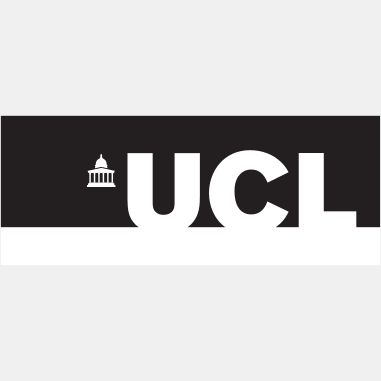
Madrid
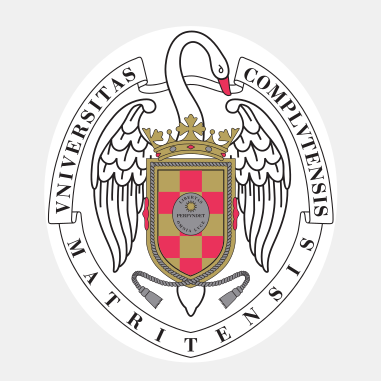
Nottingham

Oxford
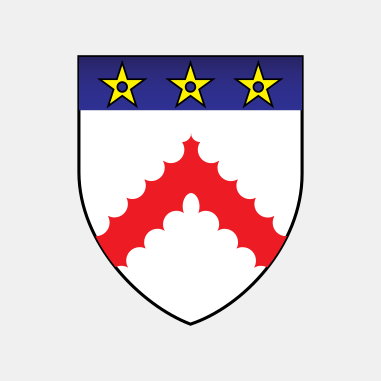
St Andrews
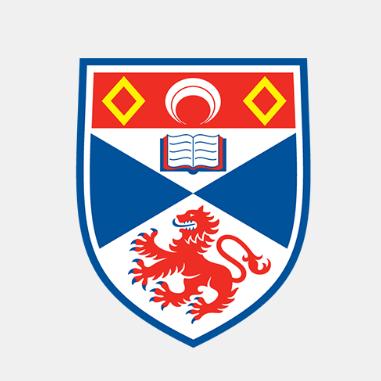
Warwick
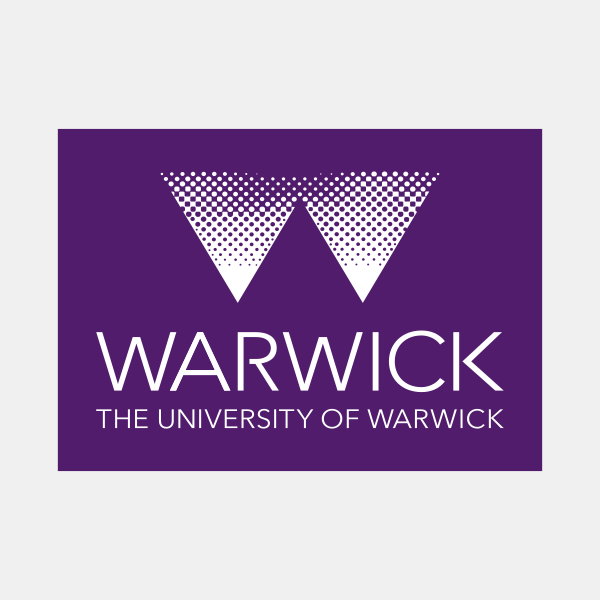
Session Example
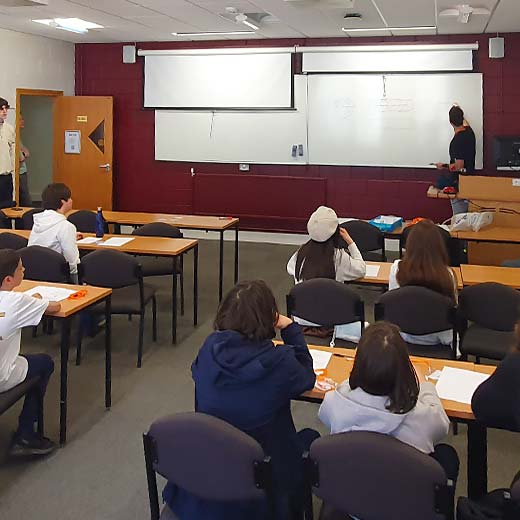
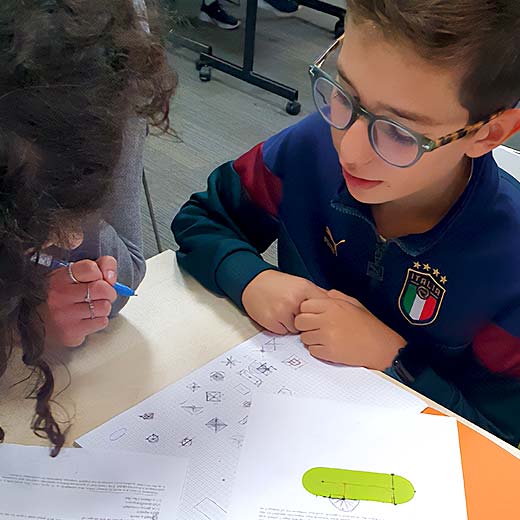
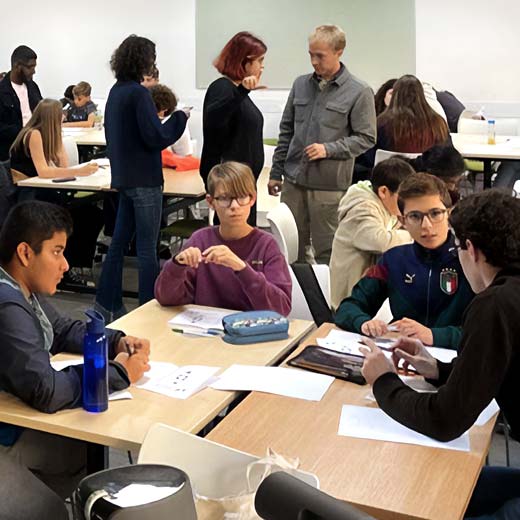
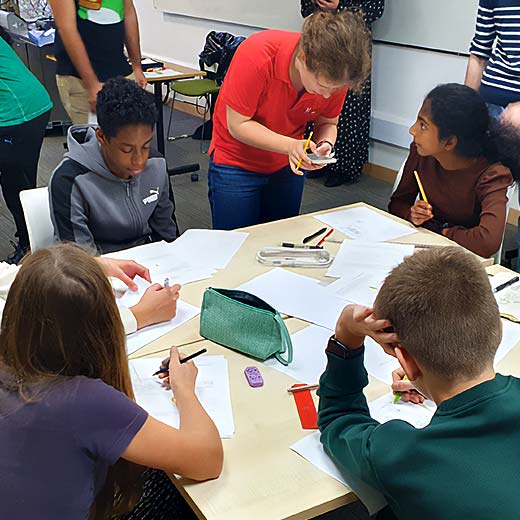
Each session starts with an introduction of a mathematical concept by one of the senior tutors, and analysing and discussing solutions to several examples.
Then, the children are asked to try to solve a given set of problems crafted around the topic of the day.
The students are encouraged to interact with the tutors, either to present their solutions or to ask for hints. A student can raise a hand at any moment, and a tutor will come by to discuss the problem and its solution onу-to-one with the student.
Have a look at this PDF file to see an example of a real life Problem sheet.
Sample Problems
Problem 1
Two goblins called Krok and Grok are playing a game with a pile of gold. The two goblins take it in turns to take a positive number of coins (but at most 9) from the pile. There are 3,333 coins in total and the goblin who takes the last coin wins. Krok goes first. Who wins, assuming that they both play perfectly?
See Solution
We note that one can always make 10 from two positive numbers less than or equal to 9. All positions divisible by 10 are losing positions and all other positions are winning positions. If a player starts from a number divisible by 10, then whatever number x of coins that they take, the other player can then take 10-x coins to leave the first player with another multiple of 10.
3,333 is not divisible by 10, so Krok can take 3 coins, leaving 3,330 coins, which is a multiple of 10, for Grok. From then on, Krok can just take the appropriate number of coins to leave Grok with multiples of 10.
Problem 2
How many 7-digits numbers are there larger than 6,000,000 such that the product of their digits is 42?
See Solution
Since we’re considering numbers greater than 6,000,000 with 7 digits, the first digits must be 6, 7, 8 or 9. However, 42 is not divisible by 8 or 9, so we only have two cases to consider.
If the first digit is 6, then the product of the remaining digits has to be 7. The only way that 6 digits can multiply to 7 is with one 7 and five 1s. There are 6C1=6 ways of doing this.
If the first digit is 7, then the product of the remaining digits has to be 6. There are two ways that this can be done. The first is with one 6 and five 1s, for which there are 6 ways of arranging. The second way is with one 3, one 2 and four 1s. There are 6!/4!=30 ways of doing this.
Hence, overall, there are 6+6+30=42 such numbers.
Problem 3
Show that if numbers a-b and c-d are divisible by 11, then ac-bd and ad-bc are also both divisible by 11.
See Solution
Assume a has remainder r when divided by 11 and b has remainder s. Then, the remainder of a-b is a remainder of r-s. But we also know that the remainder of a-b is zero since this number is divisible by 11. That means, r = s, because r and s have to be smaller than 11 and there is no way for r-s to be divisible by 11 in that case, if they aren’t equal.
Thus we know that a and b have the same remainders in division by 11, and we can prove the same statement about c and d. We need to show that ac has the same remainder as bd and that ad has the same remainder as bc.
Let’s assume that the numbers c and d have the remainder t when divided by 11. Then, the remainder of ac is the remainder of rt and the remainder of bd is also the remainder of rt. The same is true for remainders of ad and bc, they are all the same as the remainder of rt. Thus, both ac-bd and ad-bc are divisible by 11.
There is another solution that doesn’t use remainders explicitly:
ac -bd = ac – bc + bc – bd = c * (a-b) – b * (c -d)
It is a sum of two numbers, both of which are divisible by 11, so it must be divisible by 11.
Actually, this is how you prove that the remainder of a product is a remainder of the product of remainders. It is enough to say b = r, the remainder of a, and d = t, the remainder of c. Then clearly a-r and c-t are both divisible by 11 or whatever we are dividing by, and that means ac-rt is divisible by the same number, so the remainder of ac is the same as the remainder of rt.
You can find a full scale collection of such problems in our new project Maths Problems Database.